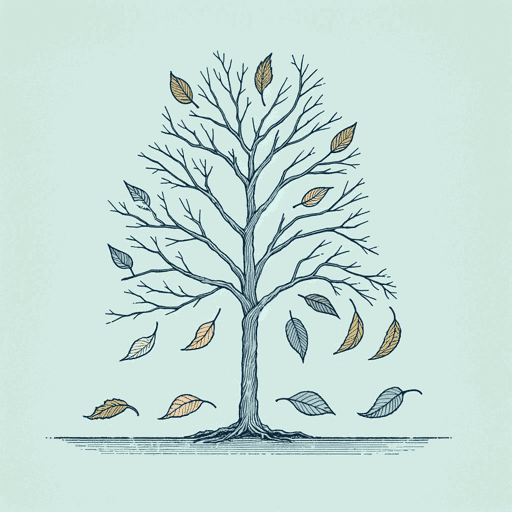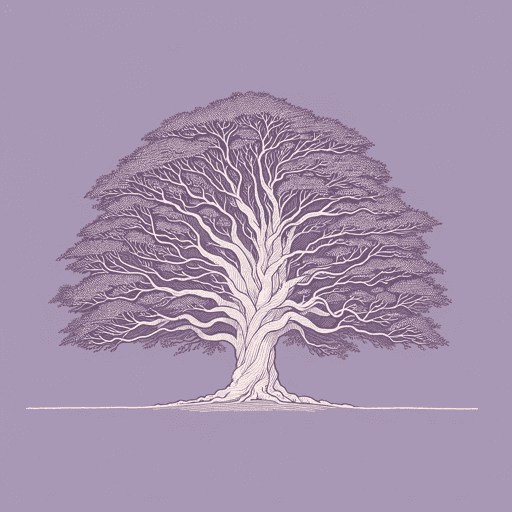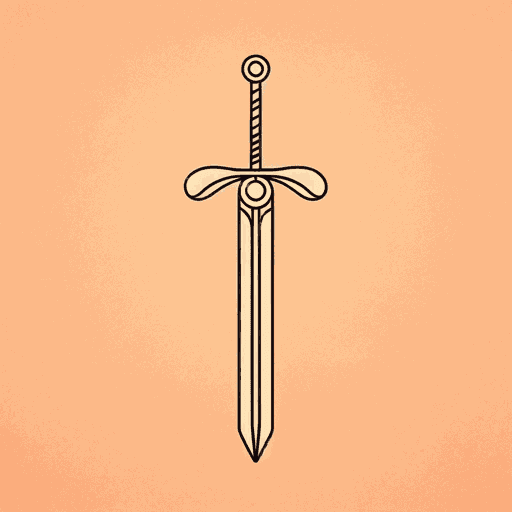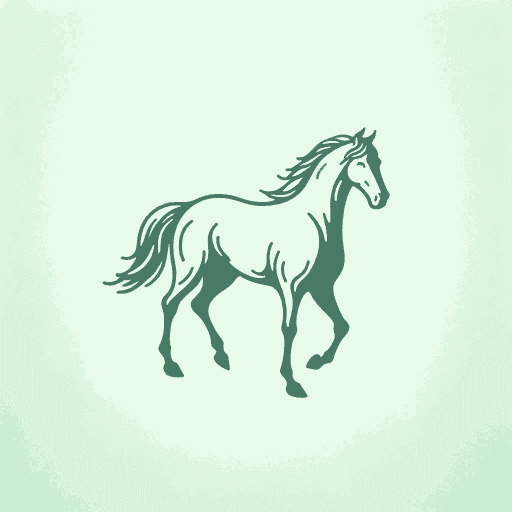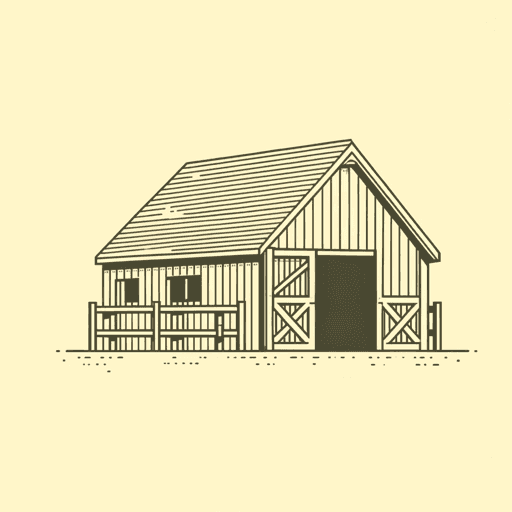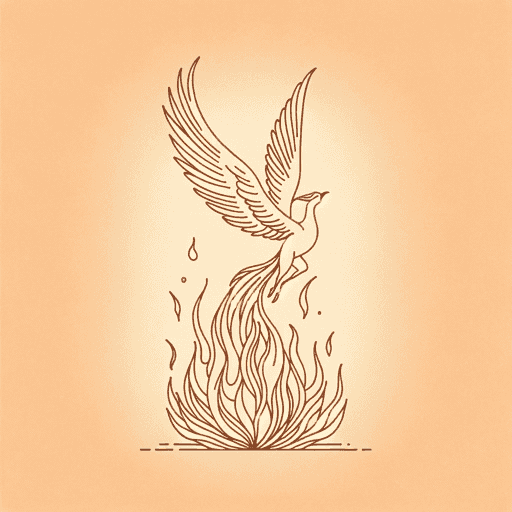50 pages • 1 hour read
The Voyage of the Dawn Treader
A modern alternative to SparkNotes and CliffsNotes, SuperSummary offers high-quality Study Guides with detailed chapter summaries and analysis of major themes, characters, and more.
Summary and Study Guide
Overview
C. S. Lewis’s The Voyage of the Dawn Treader is a fantasy novel for children originally published in 1952 as the third installment of The Chronicles of Narnia series. However, because recent editions of the series tend to number the books in chronological order of storytelling rather than the original order of publication, it is most often counted as the fifth volume in modern printings.
The Chronicles of Narnia includes seven novels: The Lion, the Witch and the Wardrobe (1950), Prince Caspian: The Return to Narnia (1951), The Voyage of the Dawn Treader (1952), The Silver Chair (1953), The Horse and His Boy (1954), The Magician’s Nephew (1955), and The Last Battle (1956). Today, it is regarded as a classic of children’s literature and has inspired numerous radio, stage, and film adaptations. This includes a 2010 movie adaptation of The Voyage of the Dawn Treader by 20th Century Fox starring Ben Barnes, Liam Neeson, and Tilda Swinton.
As a prominent scholar and theologian, Lewis infuses his work with significant Christian symbolism. Narnia, the fictional land to which the protagonists are transported in their adventures, is often viewed as an allegorical Christian kingdom ruled over by the anthropomorphic lion, Aslan, who sometimes embodies the role of a Christ figure (as in The Lion, the Witch, and the Wardrobe), and at other times represents a more abstract vision of God, depending upon the specific needs of the scene. Within its place in Lewis’s larger Christian allegory, The Voyage of the Dawn Treader explores the themes of Fate and Divine Intervention, Bravery and Honor, and The Consequences of Greed and Sloth.
This guide is based on the 2008 Kindle edition of The Voyage of the Dawn Treader.
Plot Summary
British author C. S. Lewis’s children’s fantasy novel The Voyage of the Dawn Treader (1952) is the third installment published in his popular and culturally significant series, The Chronicles of Narnia. The Voyage of the Dawn Treader tells the story of three children who are transported to the magical. world of Narnia through a painting of a ship.
Unlike previous installments, which featured all four Pevensie children (Peter, Susan, Edmund, and Lucy), The Voyage of the Dawn Treader focuses on the two youngest Pevensie children, Lucy and Edmund, and their cousin, Eustace Scrubb. While the eldest, Peter and Susan, are off studying with Professor Kirke and in America with the children’s parents, respectively, Lucy Pevensie and Edmund Pevensie are forced to stay at the home of their sullen and unlikeable cousin, Eustace Scrubb. One day, the three children examine a painting of a ship at sea, which is hanging in the guest bedroom where Lucy is staying. The painting, which turns out to be a portal to Narnia, engulfs the three children and deposits them into the sea alongside a large sailing vessel known as the Dawn Treader. The ship belongs to Caspian X, the young ruler whom the Pevensie children helped to install as King of Narnia in the previous book, Prince Caspian (1951).
After a brief reunion with Caspian, the children learn that only three years have passed in Narnia since their last visit. As part of his oath of office, Caspian has vowed to track down the Seven Great Lords of Narnia who had been exiled by the king’s “wicked” uncle, Miraz. The lords’ names are Argoz, Bern, Mavramorn, Octesian, Restimar, Revilian, and Rhoop. Also aboard the ship is the captain (Lord Drinian), his first mate Rhince, and the children’s old friend Reepicheep, who is an easily excitable but highly honorable talking mouse. In addition to helping Caspian with his quest, Reepicheep hopes to discover Aslan’s Country, the fabled home of the lion deity who defeated the tyrannical White Witch in the first and most well-known installment of the series: The Lion, the Witch, and the Wardrobe.
The ship soon arrives at the Lone Islands, a remote territory that largely operates outside the boundaries of Narnian law. As such, the trading of enslaved people is legal there, unlike in the rest of Narnia. Almost immediately, Caspian, Lucy, Edmund, Eustace, and Reepicheep are captured and enslaved; their captors plan to sell them at a local market. Before they arrive at the market, however, Caspian is sold to a mysterious nobleperson who turns out to be the missing Lord Bern. After discovering the identity and mission of his captive, Lord Bern teams up with Caspian to overthrow the evil Governor Gumpas and abolish slavery. In return for Lord Bern’s help, Caspian installs him as the new leader of the Lone Islands, making him a Duke.
Not long after setting sail and heading further east, the ship encounters a massive storm that wrecks the mast and damages the hull. This section of the novel is punctuated by passages of spiteful first-person narration via Eustace’s journal; because Eustace has an unhelpful, judgmental, and entitled attitude from the very beginning of the story, Lewis makes liberal use of the “unreliable first-person narrator” trope to exhibit the character’s many shortcomings. Stranded in the ocean and running low on provisions, the crew finally lands on a small island. While most of the crew members, including Edmund and Lucy, work to repair the ship, the perpetually lazy Eustace wanders off to avoid hard labor. Inside a cave, he discovers a very old dragon dying atop a pile of treasure. After the dragon dies, Eustace claims the treasure as his own, putting on a bracelet and falling asleep on a bed of gold coins. However, when he awakens, he discovers that he has been transformed into a dragon himself. Fortunately for the crew, Eustace is much more useful as a dragon than he ever was as a human, hunting for food and uprooting trees to resupply and repair the ship. After Aslan miraculously appears to Eustace and turns him back into a human in a ritual that strongly resembles a baptism, Caspian notices that the bracelet on Eustace’s wrist belonged to Lord Octesian. The travelers conclude that Octesian was either killed by the now-dead dragon or had become the dragon himself, just like Eustace.
After an attack by a sea serpent, the ship arrives at Deathwater Island, which is home to a pool that turns anyone or anything that enters it into solid gold. Caspian learns that Lord Restimar met his end here when he touched the water and was transformed into a golden statue. On the next island, the company encounters a group of foolish, one-legged invisible gnomes called Duffers, who are ruled over by a mysterious Magician named Coriakin. After breaking the spell that renders the Duffers invisible, the company sails on and encounters a cloud of darkness, where they find and rescue a terrified man who turns out to be Lord Rhoop. Rhoop advises them to flee the cloud of darkness because it houses The Island Where Dreams Come True, which sounds a lot more enticing than it really is; the "Dreams" that come true are in fact nightmares.
Next, the ship lands on the Island of the Star where the crew meets Ramandu, a fallen star now living in human form. They also find Lords Argoz, Mavramorn, and Revilian on the island, but all three are trapped in a deep sleep. The only way to cure them of their enchantment, Ramandu states, is to sail to the Eastern edge of the world, which is flat, and leave behind a member of their crew. Caspian reluctantly agrees to fulfill Ramandu’s request.
The ship heads so far east that it runs out of water in which to sail. After running aground in shallow, sweet water, Caspian is visited by Aslan, who tells him that Lucy, Edmund, Eustace, and Reepicheep must go on alone to the edge of the world while Caspian remains behind. The four depart in small boats, eventually arriving at a giant wall of water. Reepicheep paddles up the wall of water in his boat and disappears, presumably reaching Aslan’s Country at last. The children are then drawn south until they arrive at a green plain and meet a lamb that reveals itself to be Aslan. Aslan says it is time for the children to go home and tells them that they will know him in their own world under a different name. Back in England, Eustace has matured significantly, thanks to his experiences in Narnia.



Related Titles
By C. S. Lewis
Featured Collections
Action & Adventure
View Collection
Action & Adventure Reads (Middle Grade)
View Collection
Christian Literature
View Collection
Fantasy & Science Fiction Books...
View Collection
Fate
View Collection
Friendship
View Collection
Juvenile Literature
View Collection
Religion & Spirituality
View Collection
Required Reading Lists
View Collection

